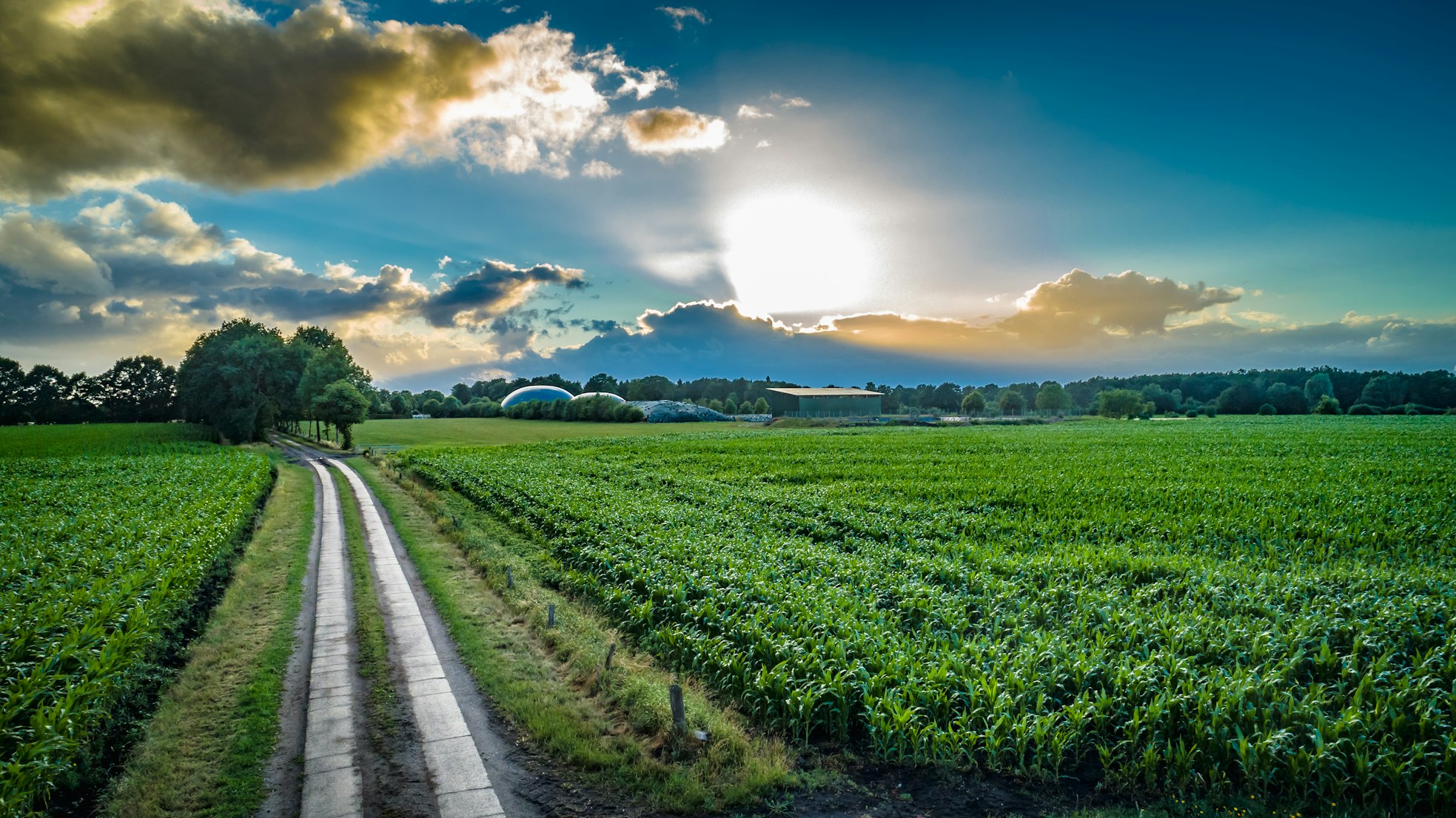Awareness of the importance of biomethane in the energy and ecological transition is increasing globally. This renewable gas, produced from biogas, is in fact comparable to methane gas and can be considered to all intents and purposes an alternative, clean fuel and a solution for reducing the dependence on fossil fuels. Let's try to clarify the main doubts regarding this issue.
Biomethane is a renewable gas obtained by putting raw biogas through a purification process called upgrading. Raw biogas can be obtained from anaerobic digestion of various raw materials: agricultural biomass (by-products, agricultural waste and animal waste), agro-industrial waste (waste from the processing of the food chain) or the organic fraction of municipal solid waste (OFMSW).
Once the biogas-to-biomethane upgrading has been carried out, it must be refined, in order to eliminate the components that are not suitable for feeding the gas into the network (CO₂).
When biomethane derives from waste or scraps, it is a totally renewable fuel, which on one hand can guarantee an increase in the self-supply capacity of each individual State, thus reducing dependence on supplies from third countries, and on the other can ensure more competitive prices.
According to a recent report by the European Biogas Association, biomethane currently has 30% lower costs than natural gas, which has been the subject of a surge in prices in recent months, due to the energy crisis linked to the situation in Ukraine.
If supported by legislation, by 2030 biomethane production plants could contribute to the supply of 10% of all gas consumed in the European Union.
There are various biogas-to-biomethane upgrading technologies available on the market, based on different chemical and physical principles relating to gas separation. The membrane-based system is the most widely used worldwide and consists of particular polymeric materials that have a selective permeability in separating CH4 and CO2.
The upgrading process is divided into three stages: filtration of biogas from an anaerobic digester for removing water and pollutants and compression; purification of pollutants (H2S, VOCs) by passing through an activated carbon bed; upgrading, i.e. separation of methane from carbon dioxide. Find out more about the process.
The three stages of the process make it possible to best purify the biogas whilst respecting the network specifications, without the use of chemicals and with the lowest possible energy consumption. Other advantages are high scalability and flexibility such as for example, operation even with partial loads (ideal for any future plant expansion).
Absolutely, yes. In the event of difficulties or inability to connect to the gas network, it is possible to liquefy the biomethane produced, so that it is transported with cryogenic tankers, thus favouring plants that do not have access to the gas pipeline.
Liquid biomethane has significant competitive advantages, including the fact that it is three times thicker than compressed natural gas and that, compared to the latter, it guarantees a greater cruising range for vehicles that use it as fuel. Find out more about the process
Both when converting an existing biogas plant or when constructing a biomethane plant from scratch, the choice of the partner is essential to have a guarantee on the long-term investment.
AB is the one-stop shop that guarantees all the benefits of biomethane/RNG to your company. With AB you create a complete and sustainable energy system, combining biogas-to-biomethane upgrading and liquefaction technologies and cogeneration, supported by a complete range of services: from the feasibility study to maintenance.
